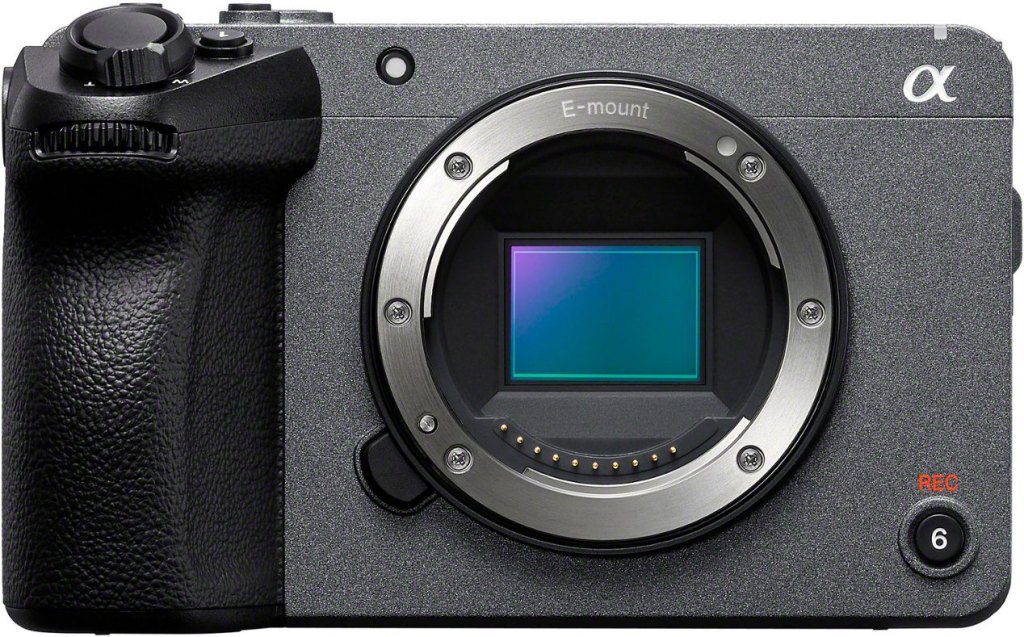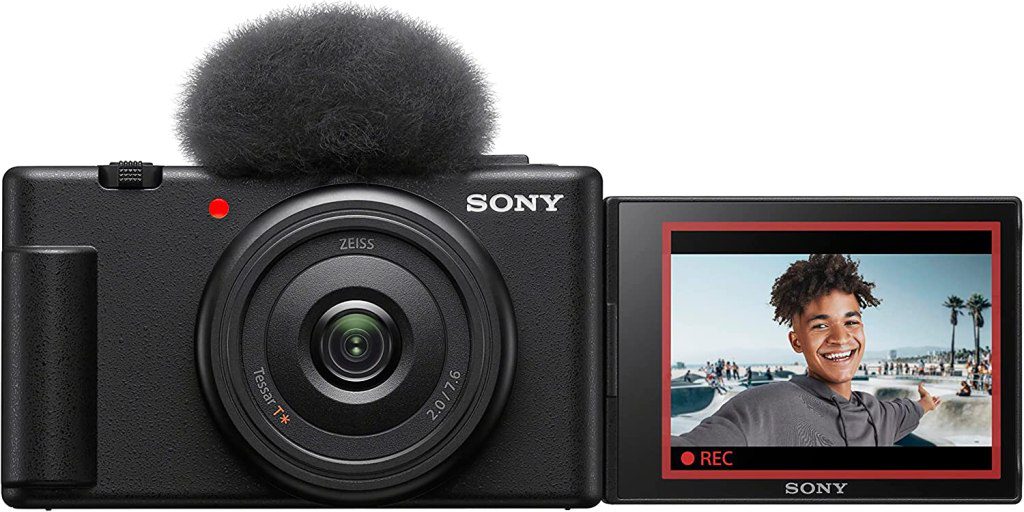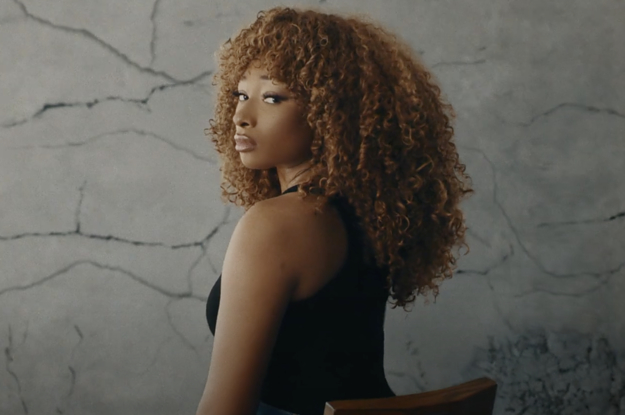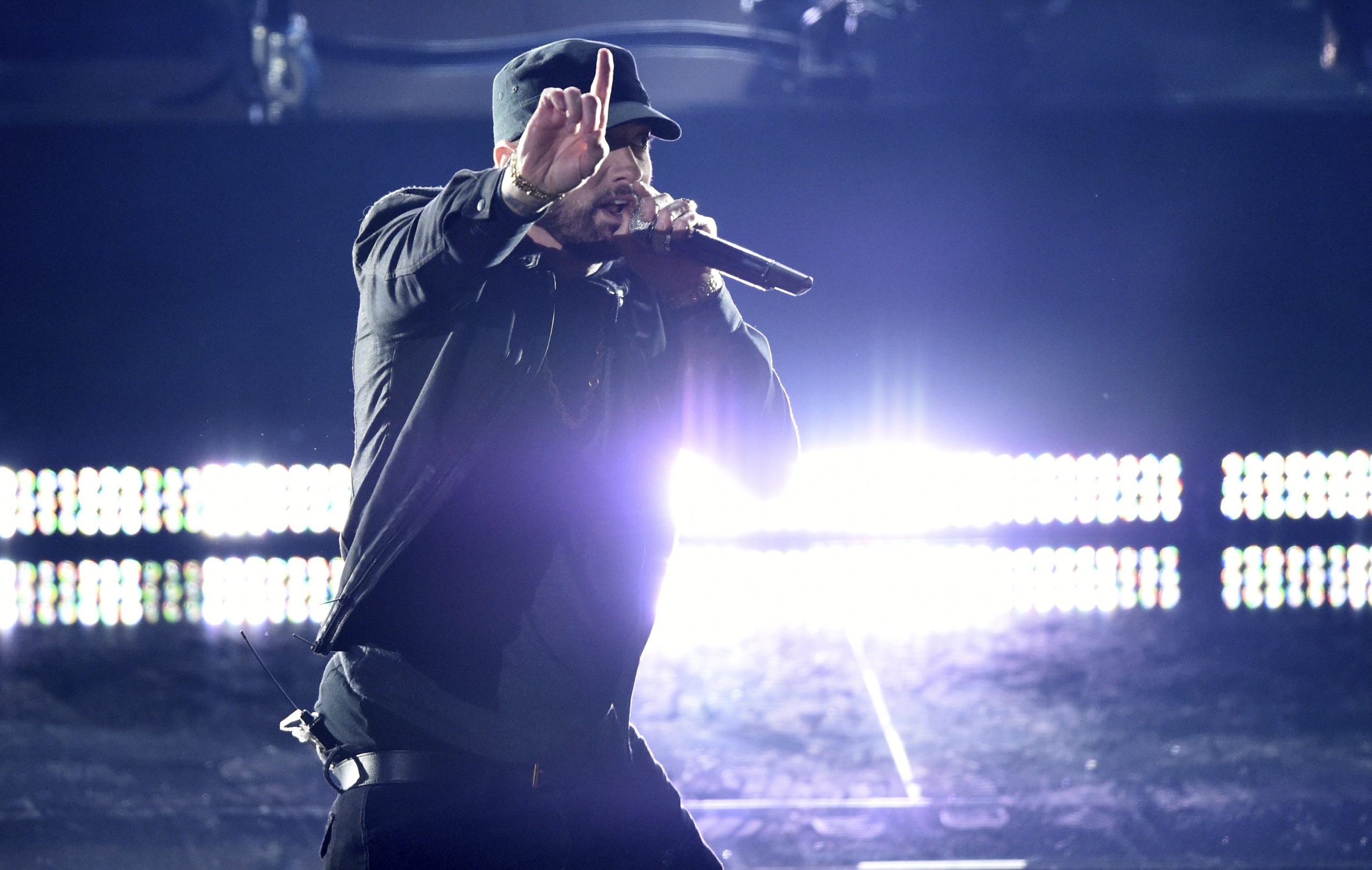
The Best Cameras For Vlogging
If you purchase an independently reviewed product or service through a link on our website, Rolling Stone may receive an affiliate commission.
If you’re starting a vlog, using your smartphone camera makes sense because you already have it, but if you want to take your videos to the next level, you should invest in a good vlog camera.
For any kind of content creation or podcasting, a professional quality video from a high-end camera can help you stand out from the competition and expand your audience. Video podcasting (affectionately known as “vodcasting”) is a growing industry, and a 2021 study by Podcast Insights found that YouTube was the most popular platform for listening to podcasts, with 43% of podcast listeners using it at least occasionally. However, another survey shows that only 17% of podcasters actually record their episodes in video format.
This means there’s an easy opportunity to differentiate yourself from other creators by offering video content with high production. At Rolling Stone, we use a variety of cameras to capture our content, so here are our top camera picks to get you started in creating professional-looking videos.
In This Article
What Are the Best Cameras for Vlogging?
Cameras for Vodcasting vs. Vlogging
Buying Guide: How We Chose the Best Cameras for Vlogging
What Are the Best Cameras for Vlogging?
Whether you’re doing a solo vlog or filming additional video content for your podcast, these are the best vlogging cameras to consider.
BEST OVERALL: Sony FX30
MOST VERSATILE: Sony ZV-1F
BEST BUDGET-FRIENDLY: Razer Kiyo
BEST CAPTURE ADAPTER: IOGEAR HDMI to USB Type-C Video Capture Adapter
BEST CAMERA RIG: VIVO 16-inch Above/Behind VESA Monitor Livestream Device Shelf
Sony FX30
BEST OVERALL
Best Buy
The little brother of Sony’s cinema-grade FX3, the FX30 is what we use on Rolling Stone’s Twitch channel to capture live content. Featuring an advanced imaging system on par with other options in Sony’s Cinema Line — the FX30 captures detailed 10-bit UHD 4K imagery at up to 120 fps with Sony’s newly-developed 26MP APS-C Exmor R CMOS sensor and BIONZ XR processor.
Now, you probably won’t be streaming at that high of an image quality, but if you’re looking to stream at a professional level, and record at the same time, the FX30 has you covered. And unlike most smaller camera options, the FX30 has a full-size HDMI output, bypassing the need for typically flimsy HDMI conversion cables.
Sony ZV-1F
MOST VERSATILE

Amazon
The Sony ZV-1F is a versatile camera designed by Sony specifically for content creators. Improving on the more expensive ZV-1, the ZV-1F features a 20mm wide-angle lens, a flip-out screen, and simple-to-use video features. It also includes a built-in directional microphone and supports the addition of external microphones for improved audio quality.
Plus, with both USB and micro-HDMI ports, you have flexibility in how your computer captures the camera’s output. This camera finds the perfect balance between easy-to-use functionality that gives a high image quality without sacrificing many extraneous features that only the most hardcore camera fans use in favor of an easy user experience.
Buy Sony ZV-1F Vlog Camera for Content… $498
Razer Kiyo
BEST BUDGET-FRIENDLY

Razer
For budget-conscious streamers, the Razer Kiyo features a USB input (bypassing the need for a capture card), wide-angle lens, built-in LED light, and 4-megapixel 1080p30 max image quality to give you an edge over your laptop’s underperforming webcam.
Buy Razer Kiyo Streaming Webcam: Full HD… $53.94
IOGEAR HDMI to USB Type-C Video Capture Adapter
BEST CAPTURE ADAPTER

Suppose you want to live stream or record your podcast or vlog directly to your computer. In that case, the plug-and-play IOGEAR Video Capture Adapter is an affordable and accessible option, allowing 1080p60 capture to pair with the free OBS Studio to get started quickly.
Buy IOGEAR HDMI to USB Type-C Video Capture… $49.99
VIVO 16-inch Above/Behind VESA Monitor Livestream Device Shelf
BEST CAMERA RIG

Amazon
This is our secret weapon choice for maintaining an organized workspace. Simply mount on your computer monitor’s VESA mount and place webcams, lights, mics, and more without wasting precious desk space. Just be sure to buy some ball head mounts to attach the items to the shelf.
Buy VIVO 16 inch Above/Behind VESA Monitor… $19.99
Cameras for Vodcasting vs. Vlogging
If you’re serious about vlogging, you should also consider investing in some additional lighting, a lavaliere microphone, a green screen, and decorations, but the camera you use will have the biggest impact on your work.
Even if you’re just filming a podcast, cameras that will be a substantial improvement over using your smartphone, and allow you to make professional-looking videos from any room of your house. If you have an idea for a podcast, YouTube channel, IGTV or Facebook series, and want to stand out among other creators vying for a spot in a crowded field, getting a dedicated vlog camera is a sign of commitment and the first step to stronger content.
Buying Guide: How We Chose the Best Cameras for Vlogging
There are many factors to think about when choosing the best vlogging camera for you; below are the most important ones, which we considered while we were researching this list.
Tilt: The feature that separates vlog cameras from regular ones is their screen, which tilts up so you can see yourself while you record. The cameras in this guide all have a 180-degree tilting screen, so you’re able to frame your shots before you hit record.
Photo and Video: If you’re posting a vlog, you’ll want it to look as crisp as possible. All of the cameras in our guide can shoot video at 4K resolution at 30fps (frames per second), which should get you extremely clear results, especially in good lighting.
Optical Image Stabilization: This feature (typically abbreviated to OIS), allows a sensor in the camera’s lens to move subtly to compensate for small movements. If you have a slightly shaky hand, OIS allows you to get a clean shot. It’s not perfect, but our vlog camera picks all support this feature.
Screen Size: Because your camera’s screen will be tilted at 180 degrees, it’s important that you can see yourself while you record. Our camera picks all have three-inch screens, which are typical of cameras of this size.
Camera Style: We chose a mix of point-and-shoot cameras and a Micro-4/3 style camera for our guide. The main difference between the two styles is that a Micro 4/3 camera allows you to switch out the lens you use. Point-and-shoot cameras have a built-in lens that can’t be upgraded or swapped out later.



